People often confuse hope with optimism. Hope is different. Hope is clear-eyed. It sees all the reality that you face,all the obstacles, all the problems, all the potential for failure. But through that, it sees as well a possible path to a better future.
It’s not guaranteed, but it’s possible.
– Jerome Groopman, Chair of Medicine, Harvard Medical School
Health is a personal and national resource; it is what allows us to engage with life, advocates Christy Mack, Co-Founder and President of The Bravewell Collaborative. In other words, “without physical, mental and spiritual wellness, we can’t share in loving relationships with our families and friends, or contribute to our communities, or fully participate in our work, or compete on the global stage.” The Bravewell Collaborative is a leading foundation that supports the advancement of integrative medicine whose founding principle is that “health is the presence of vitality rather than being the absence of disease.”
Ralph Snyderman, Chancellor for Health Affairs at Duke University Medical Center, and Andrew Weil, Director of the Program in Integrative Medicine at the University of Arizona College of Medicine, are two of the pioneering leaders of the Integrative Medicine Movement whose objective is to “reposition [medicine] to create a health system which more broadly focuses on the well being of patients as well as its practitioners” (6). According to Synderman and Weil, both creators of two of the first integrative medical centers in the United States, the fundamental value of Integrative Medicine is to provide the best possible medicine/healthcare for both doctor and patient, and to be a cornerstone of the urgently needed reconfiguration of the increasingly dysfunctional healthcare system (6). They insist that “the Integrative Medicine of today will simply be the medicine of the new century” (7). Dr. Weil travels around the world educating people on the distinguished differences between Complementary and Alternative Medicine (CAM) and Integrative Medicine (IM). He emphasizes: “CAM is only one piece of Integrative Medicine” (Voices 246). In their opinion, what is most important about Integrative Medicine is the recognition of the innate healing mechanisms of the body and the reconnection of medicine with nature as well as “whole-person medicine”—treating patients as mental, emotional, and spiritual beings and community members as well as physical bodies (246).
David Riley, Physician and Founder of the Integrative Medicine Institute, advocates that “there are three stakeholders in integrative medicine: patients, providers, and science” (187). He urges the public to consider the World Health Organization statistics for the top 30 developed nations: “On virtually every marker of societal health, the United States is not in the top 10 [even though] paying the most and ranking below most of the developed world and the major indices of health” (190). Perhaps a radical perspective comes from Rachel Naomi Remen, founder and director of the Institute for the Study of Health and Illness (ISHI) at Commonweal, when she states that a “medical system is just the child of the culture” (Voices 141):
If you want to understand the strengths and limitations of a culture, look at its medical system. All of a culture’s strengths, dreams, illusions, limitations, and wounds will be clearly reflected in its medical system….America is a frontier society where qualities such as self-reliance, independence, competence, self-sufficiency are valued….Yet the shadow side of independence is alienation, isolation, and loneliness….Doctors are suppose to be so self-sufficient that they don’t even need to eat or sleep or cry. But [doctors] have needs [and needs] are part of our human nature. We have the need to communicate, the need to touch, the need to be seen by others, to be heard, the need to know our life matters to others. We have the need to wonder. (141)
Dr. Remen’s point is that “a medical culture is often a clear mirror for the larger culture it serves” whose wounds can be most clearly seen in the limitations of its medicine (141).
Jerome Groopman, Chair of Medicine at the Harvard Medical School and Chief of Experimental Medicine at the Beth Israel Deaconess Medical Center, advocates that “hope is really central in the experience of illness and in the path to healing” (qtd. in Blummer, The New Medicine 98):
People often confuse hope with optimism. Hope is different. Hope is clear-eyed. It sees all the reality that you face, all the obstacles, all the problems, all the potential for failure. But through that, it sees as well a possible path to a better future. It’s not guaranteed, but it’s possible.
In other words, “hope is realistic because it sees medicine for what it is, as an uncertain art” and healing means that the patient is made whole again, emerging from the experience of illness having been restored as a person (98-99). He is adamant that when physicians stop cutting themselves off from their patients’ emotions, medicine becomes an art, not just science (99). Furthermore, Groopman states that there is “a biology of hope” and it has a powerful effect on the body (99).
Tracy Gaudet, Director of the Duke Center for Integrative Medicine, recognizes that we have put “all of our hope and our money into technology and science and we have forgotten about the human aspect of medicine (qtd. in Blummer, The New Medicine 111). She agrees with Groopman when she states “medicine is an art, not just a science:”
Science can do a tremendous amount, but it can never explain everything. It can never understand the mystery of the human body and the human soul and the way those two interact. For me, this is part of the joy of being a physician—to be in partnership with that mystery. (111)
Her hope for the future of medicine is that “all medicine will be integrated seamlessly across the board” and that “all doctors will realize that the power of the mind can be a huge ally” that can be harnessed to promote health (111). Arthur Kleinman, Professor of Medical Anthropology in Social Medicine and Psychiatry at Harvard Medical School, talks about the opportunity that patients and doctors have to reaffirm their humanity:
The understanding that life is important not just for the repairing of our broken bones and the fixing of our broken hearts, but because we deal with what is serious, what is most at stake for us, what matters most in living. Two people have the rare privilege of coming together in the context of that interaction. (qtd. in Blummer, The New Medicine 111)
Consequently, Kleinman advocates this as “a fantastic way of remaking our world, of making the world more human” (111).
Excerpt from PhD dissertation: Noble, Shelley R. Mapping Caves: Human-Earth Expressions of Integrative Medicine and Health. Pacifica Graduate Institute, 2011. Print.
Works Cited:
Blummer, Ronald H. and Muffie Meyer. The New Medicine. New York: Middlemarch Films, 2006. Print.
Mack, Christy. Letter from Bravewell’s President. The Bravewell Collaborative: Transforming Healthcare and Improving the Health of the Public through Integrative Medicine. www.bravewell.org. Web. [20 July 2011]
Remen, Rachel Naomi. “Kitchen Table Wisdom: A Conversation that Heals.” Voices of Integrative Medicine: Conversations and Encounters. Ed. Bonnie J. Horrigan, St. Louis: Churchill Livingstone, 2003. 132-141. Print.
Reilly, David. “Integrating the Science and Art of Medicine,” Voices of Integrative Medicine: Conversations and Encounters. Ed. Bonnie J. Horrigan. St. Louis: Churchill Livingstone, 2003. 212-220. Print.
Snyderman, Ralph and Andrew T. Weil. “Integrative Medicine: Bringing Medicine Back to Its Roots.”Arch Intern Med 162 (2002): 395-397. Print.


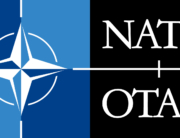
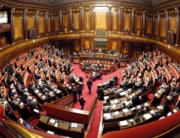
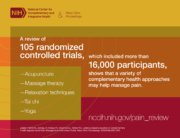
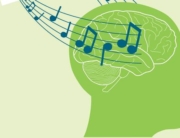
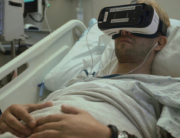
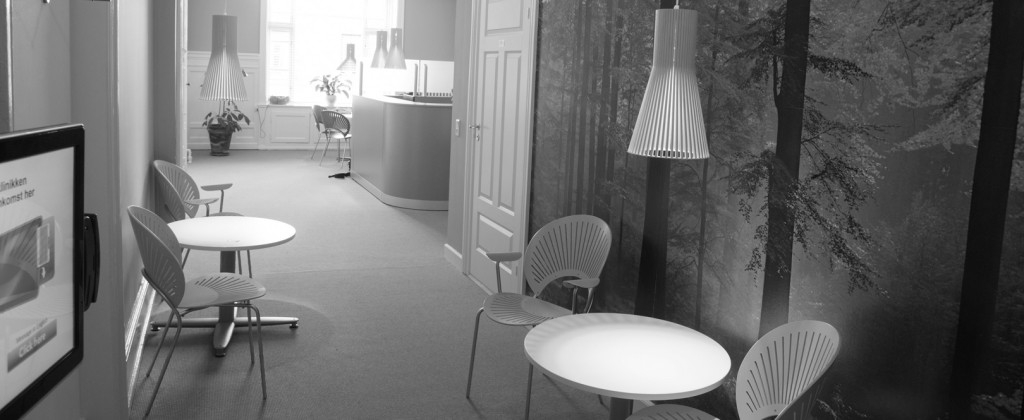
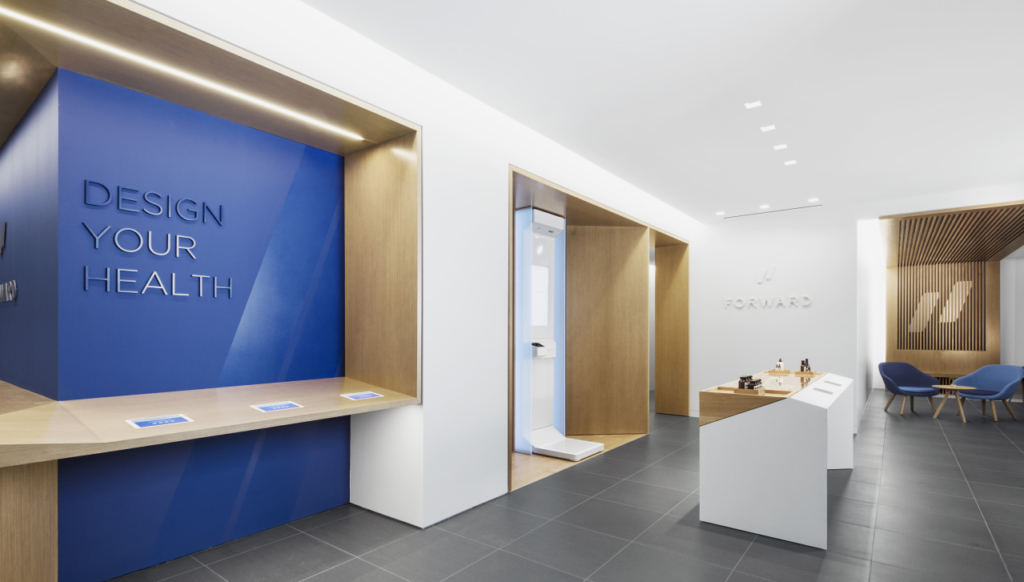


Leave A Comment